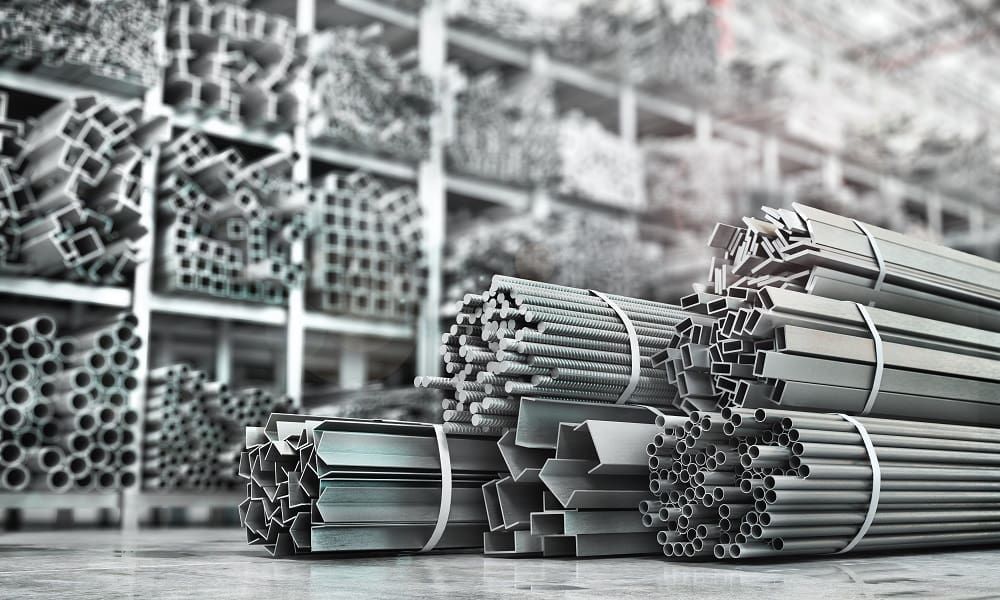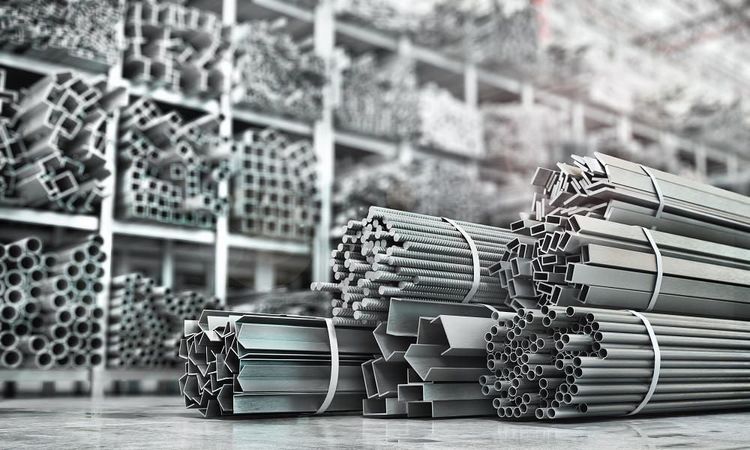Rising expectations of steel users
Online steel buyers look for steel treated at different temperatures and with a wide range of surface finishes. There is demand for steel slit into various lengths and widths as well as with different tensile strengths. More than ever before, MSMEs want the flexibility to order steel in small quantities and need a trusted steel supplier to work with. This also means that fair, transparent pricing is vital for online steel buyers since it takes much of the worry out of business deals. Plus, a lot of customers expect their orders to be fulfilled quickly.
Register to join JSW One MSME, your one-stop shop for everything B2B (It takes less than 2 minutes)
The way ahead is digitisation
For all of the above to happen efficiently and at scale, online steel sellers must evolve into something akin to a one-stop steel marketplace - an all encompassing e-commerce portal that meets buyers’ expectations. To boost customer satisfaction, these online steel sellers must start digitising now, if they haven’t already.
In the past, different steel works have typically operated in silos, isolated from the rest of the organisation. Sharing of data across such entities wasn’t considered a priority. Today, data is the new oil fueling the information society we inhabit. Accurate information picked out of raw enterprise data can potentially help a steel marketer make a difference in a highly competitive marketplace.
The key differentials that CXOs in the steel economy hold close to their hearts are improved customer satisfaction, lowered operating costs, waste reduction, and, of course, more encouraging margins. The “Smart steel factory” is the solution.
The smart steel factory – It’s about time
There is no universally agreed definition of a smart factory and no two of these factories are going to look the same. However, the common denominator is that smart steel factory environments can help steel makers derive more meaning from their streams of enterprise data. This insight will, in turn, help them lower the time spent in producing an item, reduce operational costs and minimise defects.







 +91 7208055523
+91 7208055523
 Help & support
Help & support
